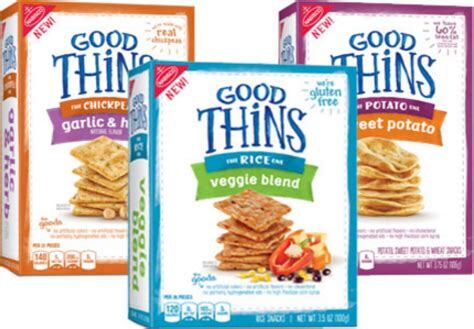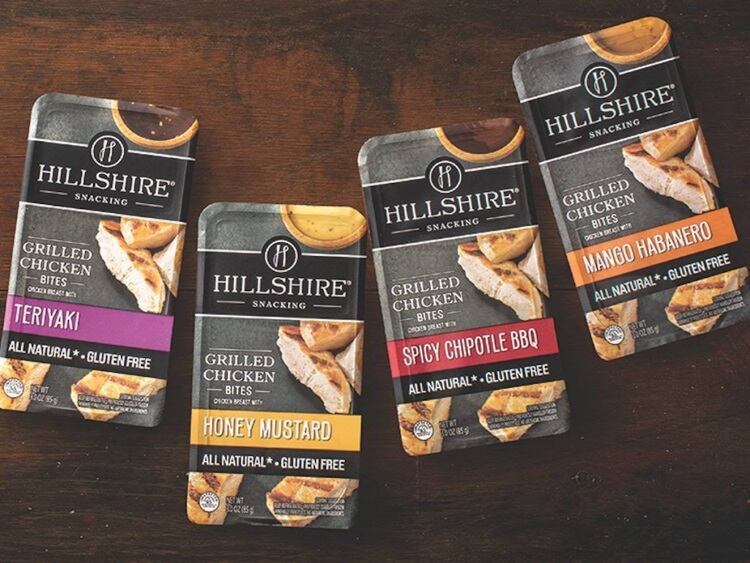The market researcher’s analysis of 2017’s most successful consumer packaged goods (CPG) launches confirms the influence millennials continue to have on the CPG platform, with almost half saying they eat healthy and splurge equally.

Halo Top – the low-calorie, high-protein and low-sugar “lifestyle” ice cream snack – soared with a record $324.2m in sales, followed by the $87m launch of Nabisco Good Thins, a baked cracker that offers crispy, crunchy satisfaction without artificial colors or flavors, cholesterol, high fructose corn syrup or partially hydrogenated oils.
Hillshire Snacking’s snack packs – termed a “15-minute culinary adventure” – ranked eighth with $47.4m in sales, again focusing on the health aspect with “real” ingredients and no artificial flavors.
All of the top 10 New Product Pacesetter brands were new market entrants, though some – like Dunkin’ Donuts Iced Coffee and Hershey’s Cookie Layer Crunch – benefited from the equity their manufacturers already enjoy in the marketplace.
Top 10 food and beverage Pacesetters in 2017
Source: IRI Market Advantage, new products that completed their first year in calendar year 2017
Small is big
According to the market researcher, 49% of the top-ranking brands in 2017 hailed from manufacturers earning less than $1bn annually.
It also noted that approximately $15bn in industry sales have shifted away from large companies to smaller players since 2012.
“Consumers are demanding products that are customized to their needs, and this type of targeted innovation continues to put small and niche companies on the New Product Pacesetter (NPP) map,” said Susan Viamari, vice president of Thought Leadership for IRI.
Larry Levin, executive vice president of Consumer and Shopper Marketing for IRI, added that smaller, more targeted product launches have become the new norm in CPG aisle, aligned more closely with key consumer needs and wants.
IRI noted millennials have changed the CPG game.
Millennials possess significant buying power and have very strong beliefs, thriving on individuality and social interactions. They are also digitally connected and more focused on making a difference, both in their lives and the environment.
Millennial spending power is noteworthy. The group accounts for one-third of CPG spending in the US – forecast to reach $240bn in traditional channels by 2022 – and their total annual spend, according to Forbes, is estimated at $600bn.
“In a testament to the power of this shift, 20% of this year’s top-selling launches earned less than $10m during their first year on the shelves, continuing a trend we found in last year’s analysis,” he said.
Things that move millennials
Consumers are also more willing to experiment, contends IRI.
Levin said that, five years ago, nine out of every 10 NPP launched were extensions of existing brand lines, whereas last year, 40% of food and beverage Pacesetters were brands entirely new to the CPG marketplace.

“This clearly demonstrates consumers’ willingness to try ‘unknown’ brands,” he said.
“Millennials, in particular, are more moved by experiences and solutions to their needs and less likely to purchase based solely on brand name.”
However, while innovating to meet core needs and wants is crucial to ensuring new product success, Viamari cautions the challenge does not end there.
“For a new product to be truly successful, it is up to marketers to ensure that the product – and messaging – are where the shopper is, when the shopper is ready to buy,” he said.

